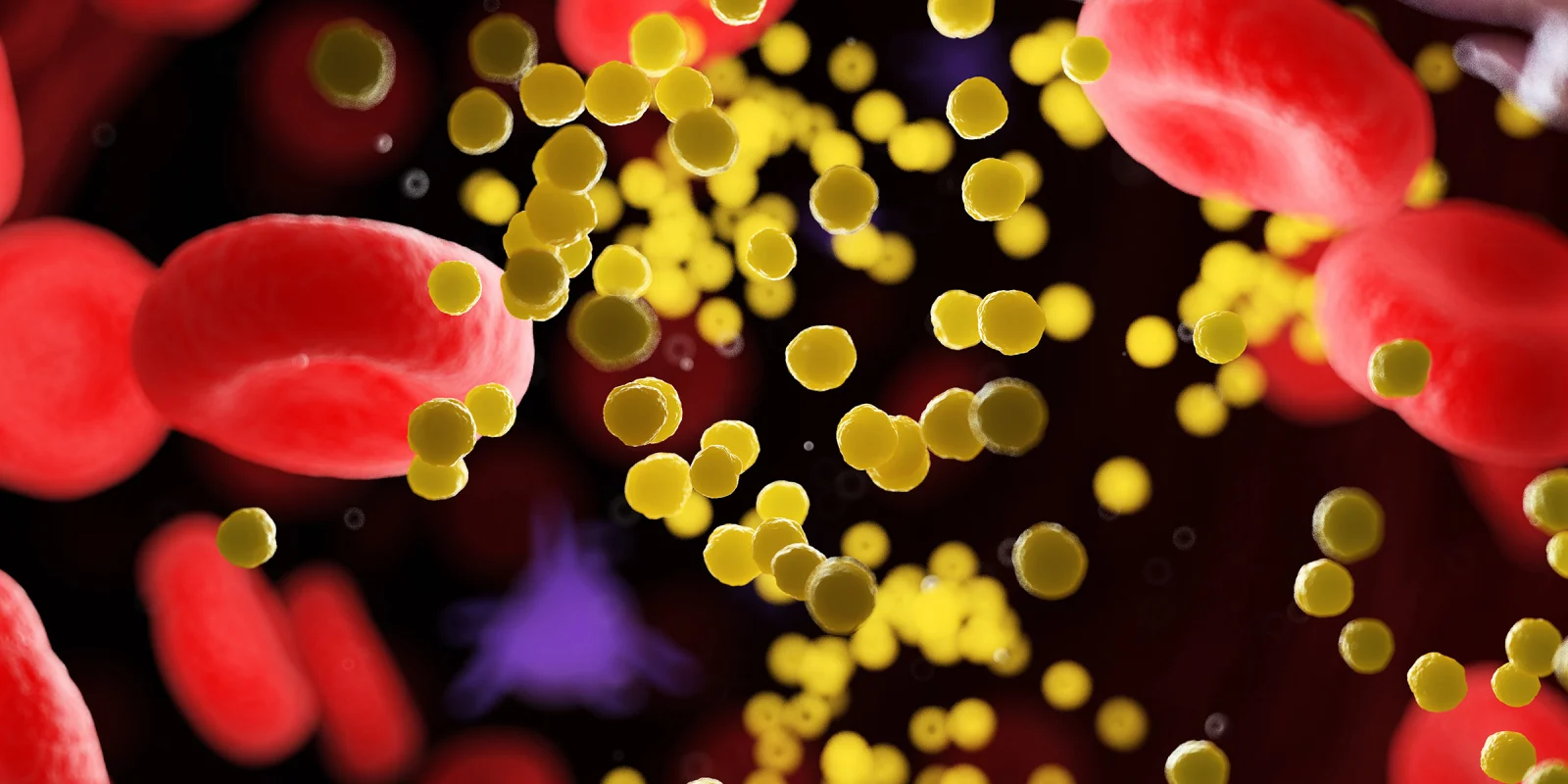I am reporting on the joint symposium of the ACC and National Lipid Association at the annual meeting of the ACC held this month. The symposium focused on the diagnosis and treatment of dyslipidemia and contained practical approaches, the influence of genetics, and future trends. Dr. Kim Bircher opened with a discussion of a team-based approach for the care of patients with dyslipidemia. In addition to a physician, Dr. Bircher discussed the advantages of including advanced care providers, including nurse practitioners, physician assistants, pharmacists, and dieticians. She presented evidence from several studies that a team-based approach may improve patient care, reduce cost, and result in better outcomes, measured by LDL cholesterol reduction. No data are available on cardiovascular outcomes. An important point Dr. Bircher made is the designation of a member of a team with expertise in dealing with providers and obtaining preauthorization and reimbursements. As a result of the COVID-19 epidemic, there has been a transition from face-to-face to telehealth appointments. Dr. Jamie Underberg discusses this more fully later in the symposium. It is likely that there will be an increased use of telemedicine after the COVID-19 pandemic is over.
Dr. Anandita Agarwal described a patient who had the phenotypic presentation of familial hypercholesterolemia. Based on the Dutch scoring system, the patient had a score of 10 or higher, which was interpreted as definite FH diagnosis. The importance of obtaining a genetic diagnosis is exemplified by the report that individuals with LDL cholesterol levels greater than 190 mg/dL who have no known variants detected in the LDL receptor ApoB lipoprotein PCSK9 will have a sixfold increase in cardiovascular risk, versus a 22% increase in individuals with a genetically identified variant. Such individuals with an unidentifiable variant were reported to make up 30 percent of patients identified with LDL cholesterol greater than 190 mg/dL. The patient presented by Dr. Agarwal fell into this category. It was suggested that a polygenic risk score (PRS) measurement would be helpful in determining the level of risk in this patient. PRS measures result in a number of mutations, each producing small effects in LDL levels. FH, on the other hand, is usually caused by 1 genetic mutation producing a large effect on LDL cholesterol.
Dr. Amy Stern continued with a discussion of PRS and suggested that it could be useful in estimating cardiovascular risk in patients with elevated LDL levels without an identifiable genotype. In the recent FOURIER trial, patients with a high risk PRS had approximately twice the benefit than those with a lower PRS score. Dr. Stern does not recommend the use of direct-to-consumer genetic testing, which may not be reliable and could be misleading. Genetic counseling should be recommended to all patients with a known genetic variant. The rationale for genetic screening is that it may lead to cascade family screening and provide motivation for increased adherence. There is currently no gold standard for PRS and 15 or more different scoring scales have been described.
Dr. Ballantyne discussed new targets for treating dyslipidemia. Already approved are bemepdoic acid with and without ezetimibe for reducing LDL cholesterol. Bempedoic acid inhibits ATP citrate lyse, a new target for inhibition. A large cardiovascular outcome trial with this agent is being carried out in patients with statin intolerance. Recently approved is evinacumab, a monoclonal antibody against angiopoietin 3 for patients who are homozygous for FH. This agent inhibits lipoprotein lipase and in clinical trials, it produced a 47% reduction in LDL cholesterol. It does not require the LDL receptor for activity. It may reduce VLDL conversion to LDL. Genetic approaches were discussed: SiRNA, antisense oligonucleotides, humanized monoclonal antibodies, and CRISPR genetic editing. CRISPR in vivo adenine base editing has been tested in non-human primates. Editing out PCSK9 activity resulted in 59% reduction in LDL cholesterol in the primate experiments.
Finally, Dr. Marlys Koschinsky discussed lipoprotein measurements, specifically those involving lipoprotein(a). This is known to be an independent risk factor for cardiovascular disease. The measurement of Lp(a) levels has been complicated by the variability of the number of kringle 4 repeats. Until fairly recently, Lp(a) have been measured in mg/dL. This has led to spurious results due to the variability in kringle repeats. It is now strongly recommended that Lp(a) be reported as particle number and nM/L. There is no direct conversion factor between the mg/dL and nM/L. The gold standard is the use of ELISA and the measurement is calibrated against a secondary reference. There is currently a large cardiovascular outcome trial underway using an antisense oligonucelotide to Lp(a).







